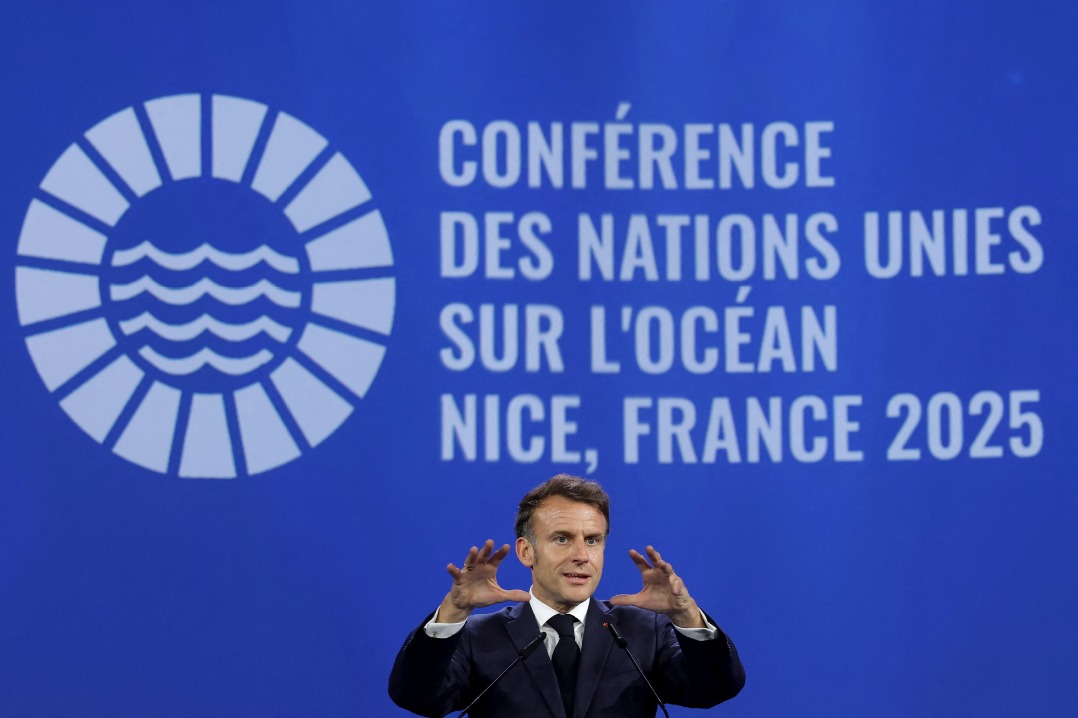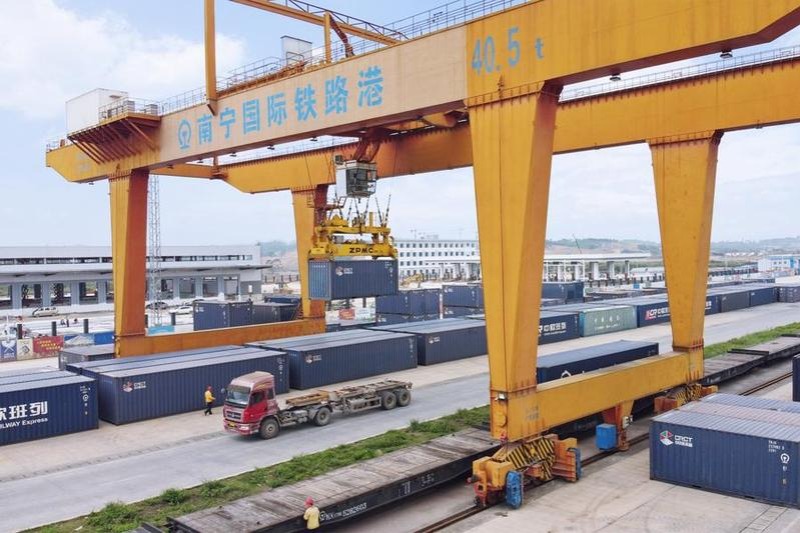Global CO2 emissions and China's challenges

5. Analysis of carbon emission peaks of top 30 emitting countries and regions
To scientifically analyze peaks of carbon emissions and avoid the disorder caused by the abnormal value in a single year, this article introduces the concept of "moving average" to analyze the peaks of carbon emissions. The analysis of "moving average line" is a method of averaging the data in a certain period, and looking at the trend by moving average lines of average values in different periods. It is widely used in the trend analysis in financial and business areas, and has recently been applied to the analysis of COVID-19 spreading or receding.
This article calculates the average value on a five-year basis, and analyzes CO2 emissions per capita and CO2 emissions of each country from 1980 to 2019 through the method of moving average lines, so as to evaluate the performance of each country in carbon emissions, energy conservation and emission reduction through judgment of the turning point and trend in a more accurate way.
(1) Analysis of peaks of CO2 emissions per capita
Seen from the "moving average line" analysis of CO2 emissions per capita, 17 of the top 30 emitting countries and regions saw their CO2 emissions per capita continued to decline after reaching a peak -- the US, Russia, Japan, Germany, Saudi Arabia, Canada, South Africa, Mexico, Brazil, Australia, the U.K., Italy, Poland, France, Spain, Malaysia and Egypt.
On the contrary, 13 of the top 30 emitters -- China, India, Iran, South Korea, Indonesia, Turkey, Thailand, Vietnam, the United Arab Emirates, Kazakhstan, Singapore, and Pakistan saw their CO2 emissions per capita rise in the period.
Global CO2 emissions per capita continued to drop after reaching a peak in 2011, largely thanks to the efforts of developed countries in cutting emissions.
During 2000-2019, the U.K. cut CO2 emissions per capita by 40%, the US, Italy, France and the United Arab Emirates by 30%, Germany and Spain by 20%, Japan, Canada and Australia by 10%. Those major Western countries are key contributors to energy conservation and emission reduction.
However, CO2 emissions rose due to an increase in energy consumption in newly industrialized nations that experienced industrialization, urbanization and improved life styles. In the period, CO2 emissions per capita in China and India rose by 160% and 100%, respectively, and Vietnam surged by a staggering 400%. CO2 emissions per capita in Kazakhstan went up by 90%, Indonesia by 80%, Iran by 70%, Thailand by 60%, Turkey, Malaysia and Singapore by 40%, South Korea, Saudi Arab, Egypt and Pakistan by 30%, Brazil by 20%, and Russia and China's Taiwan by 10%. Overall, CO2 emissions per capita rose in newly industrialized nations and regions.
Quite notably, China's current CO2 emissions per capita have surpassed the U.K. and France. Policy makers should put the goal of peaking CO2 emissions per capita as soon as possible high on the agenda.
(2) Analysis of CO2 emission peaks
Seen from the "moving average line" analysis, CO2 emissions in 12 countries of the top 30 emitters -- the US, Russia, Japan, Germany, South Africa, Mexico, Brazil, the U.K., Italy, Poland, France, and Spain, assumed a trend of declining after reaching a peak. Saudi Arabia, Canada, Australia, Malaysia and Egypt haven't peaked their CO2 emissions, although their per capita CO2 emissions have peaked. That's because their populations increased remarkably from 2000 to 2019. Specifically, Saudi Arabia's population increased by 70%, Canada by 20%, Australia by 30%, Malaysia by 40%, and Egypt by 50%. Population growth has delayed the peaking of carbon emissions.
The US encountered a similar situation. From 2000 to 2019, US population grew by 47.35 million, delaying the peaking of carbon emissions. Although the US peaked its CO2 emissions per capita in 2000, it didn't peak CO2 emissions until 2007.
China's CO2 emissions currently grows at a slower pace, but haven't reached a peak. With the target of peaking carbon emissions by 2030, all sectors across China are formulating plans for carbon drive, in the hopes of reaching the goal as scheduled or even ahead of schedule.

































